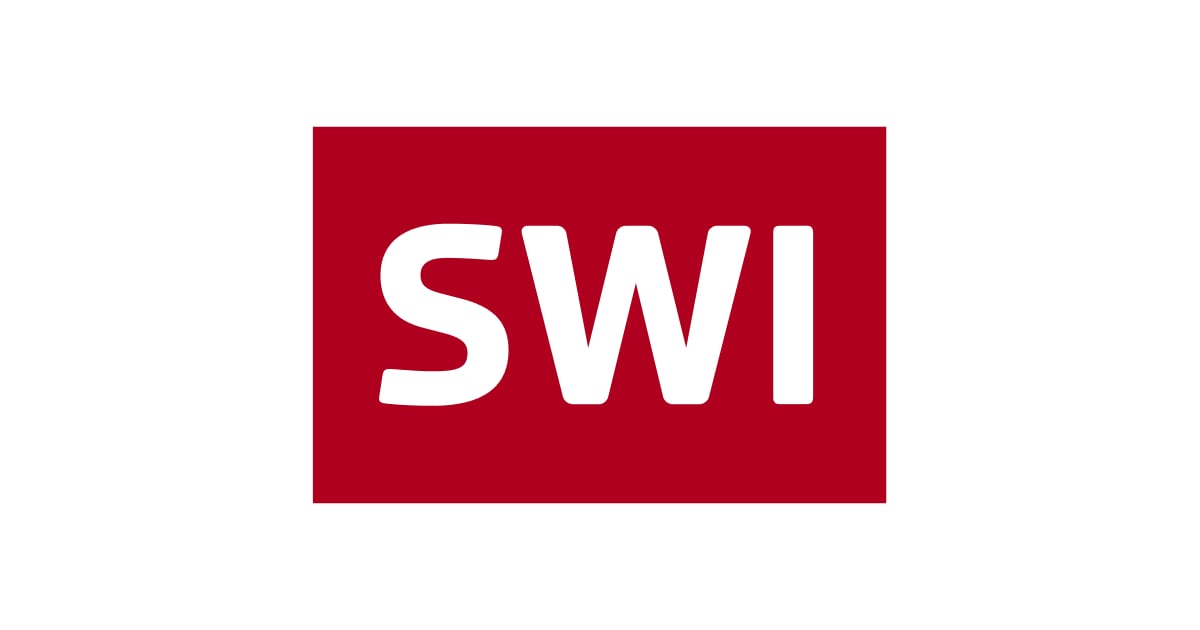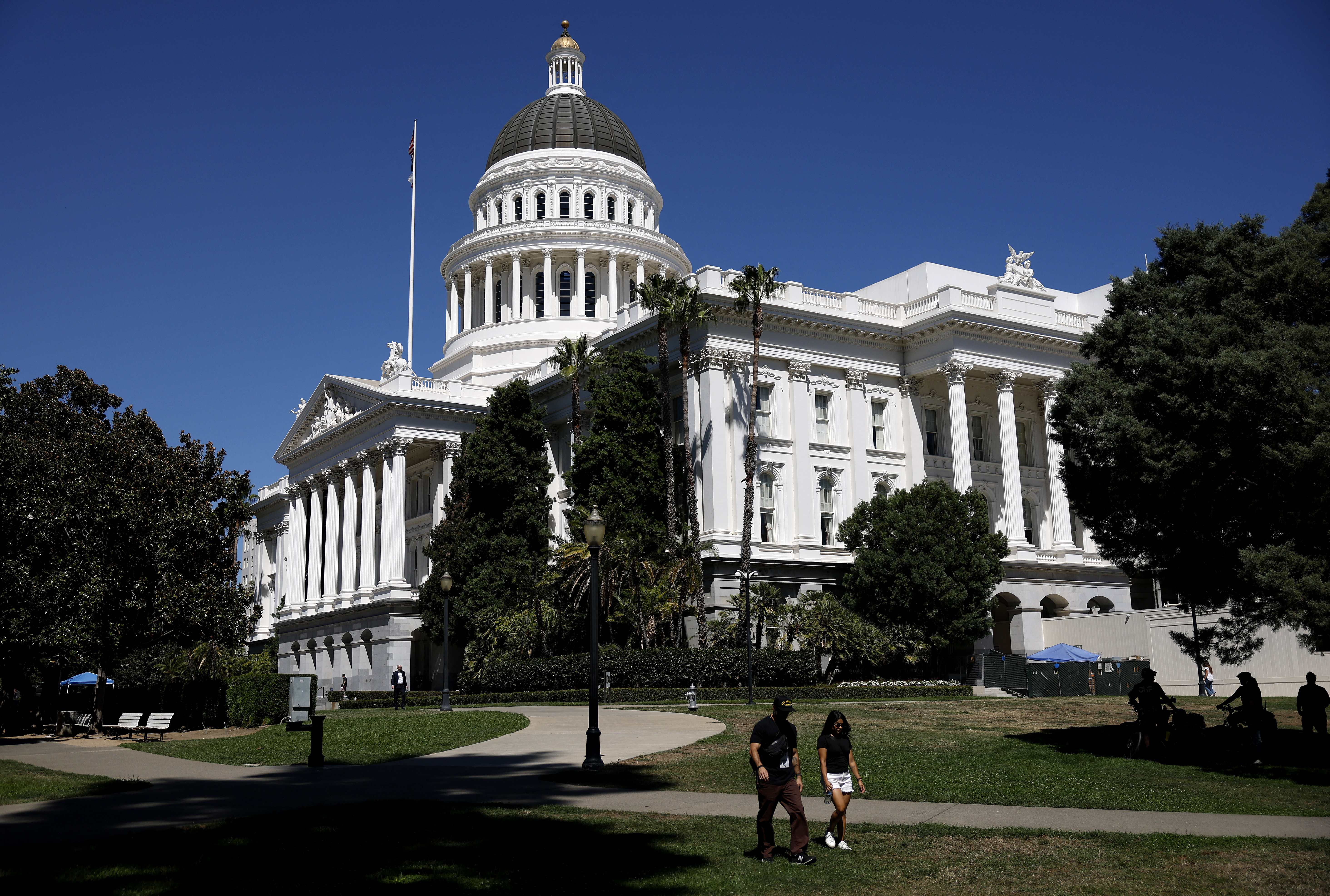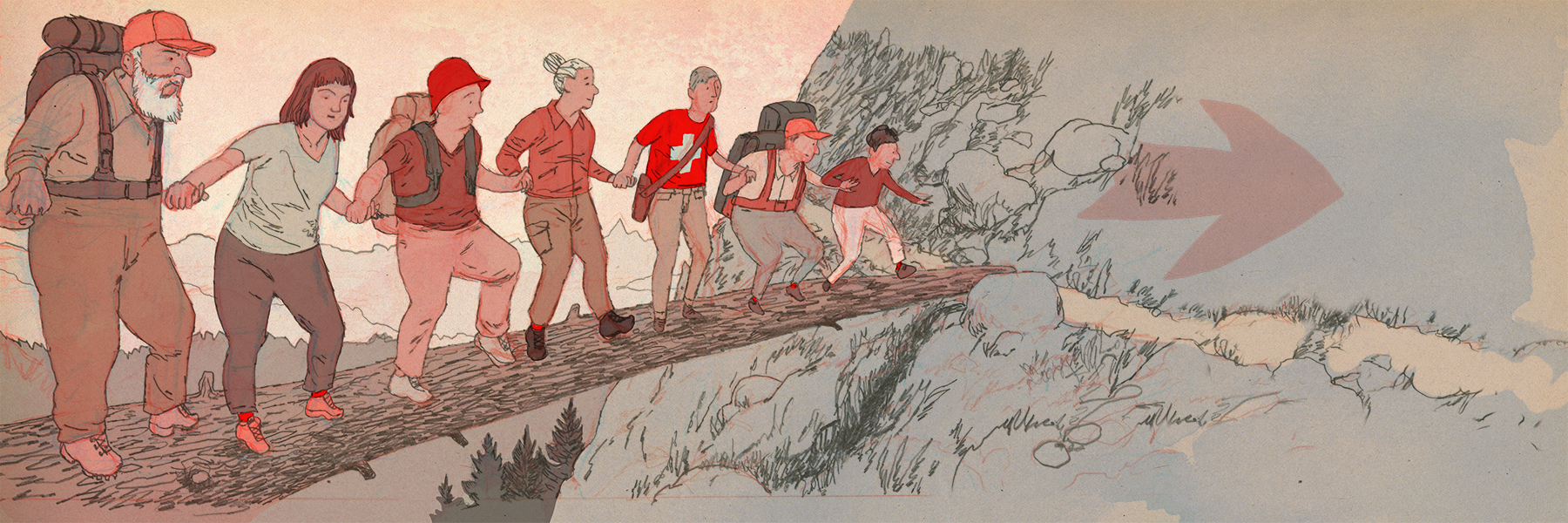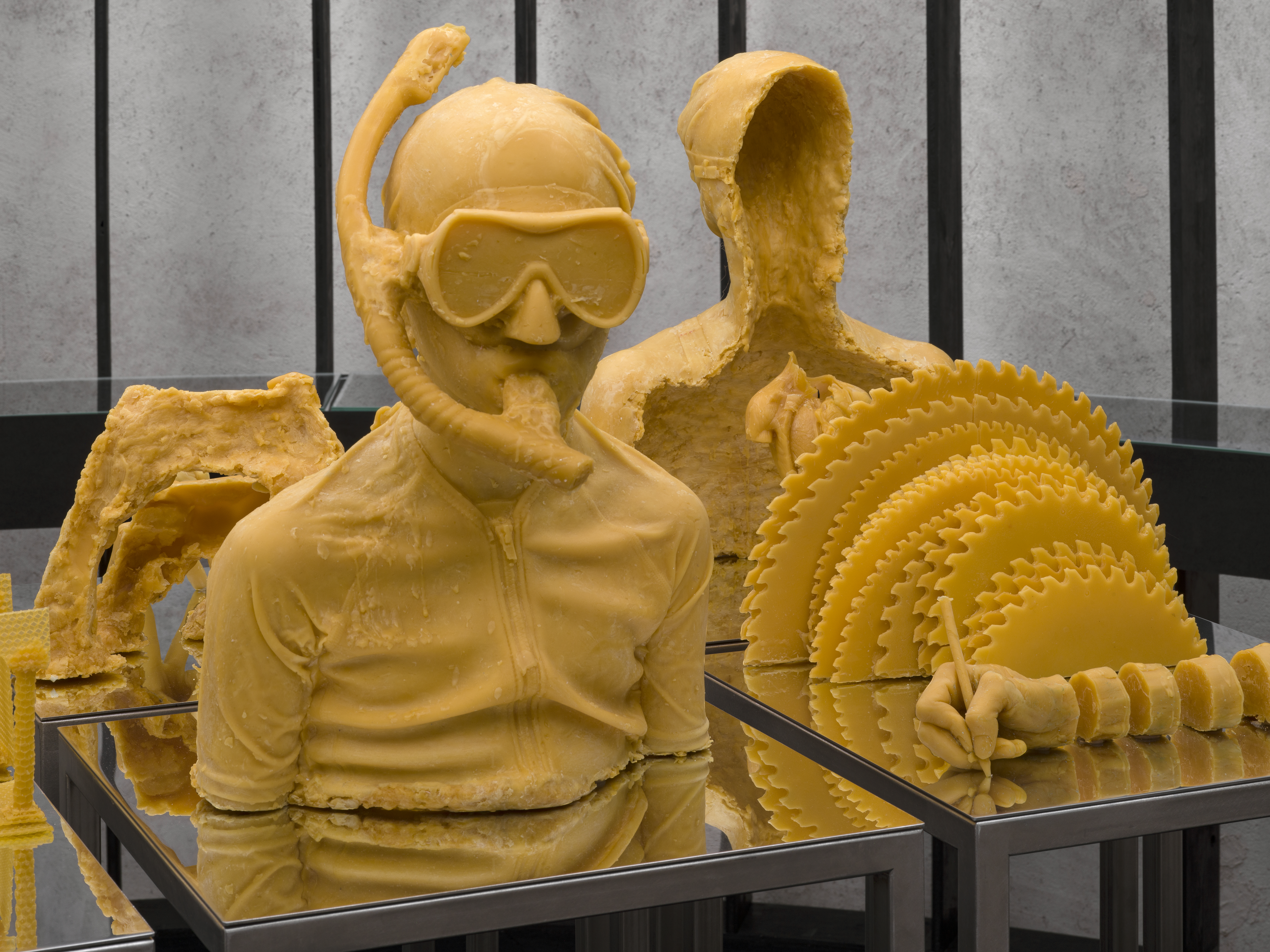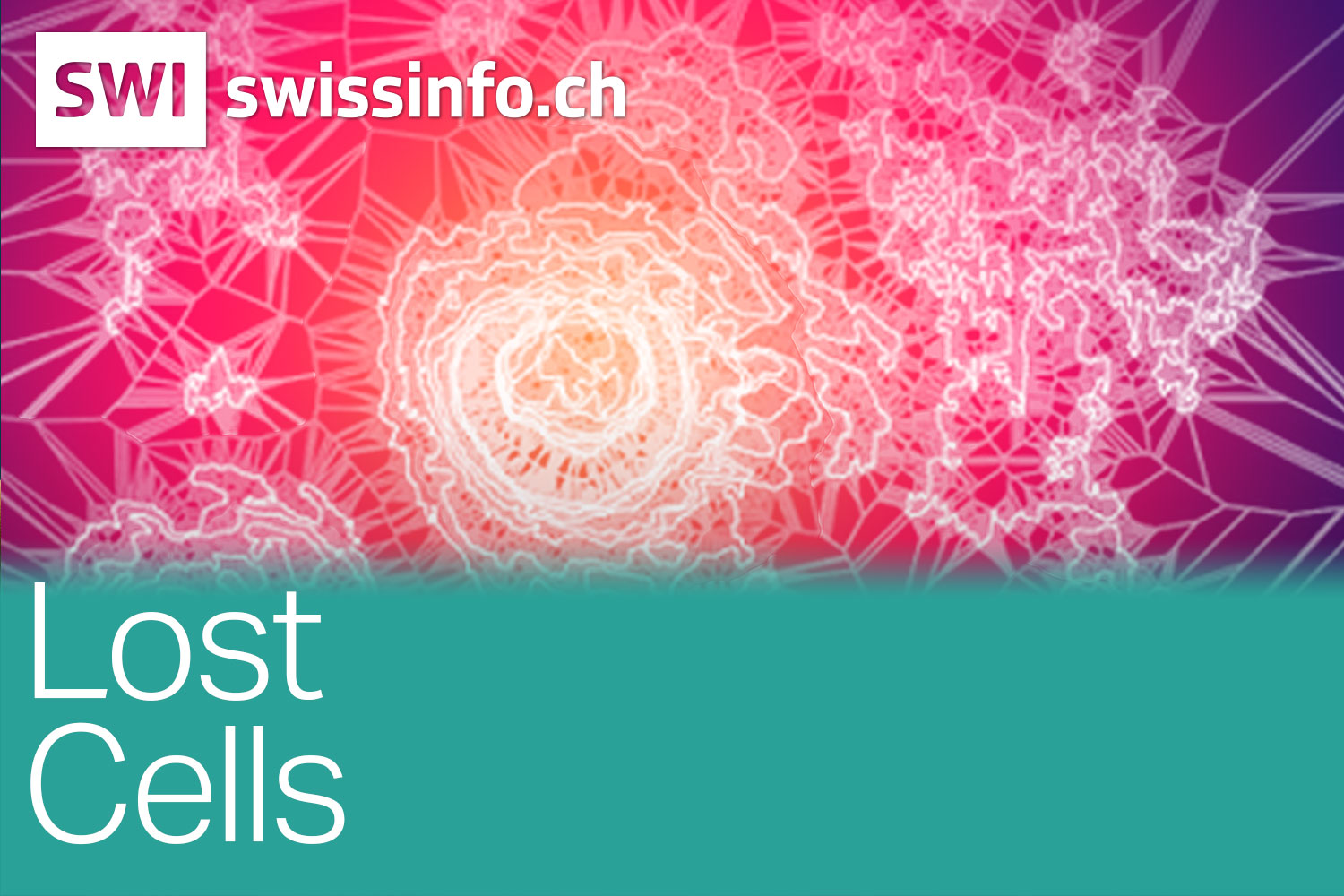

Switzerland Today
Dear Swiss Abroad,
Is the Swiss Federal Railway’s half-fare travelcard facing the chop? Its survival is the subject of speculation and denial in today’s media.
Plus: the majority of those arrested at Saturday’s riots in Bern are from French-speaking Switzerland, say police – who are themselves accused of being overly aggressive in quelling the unrest.
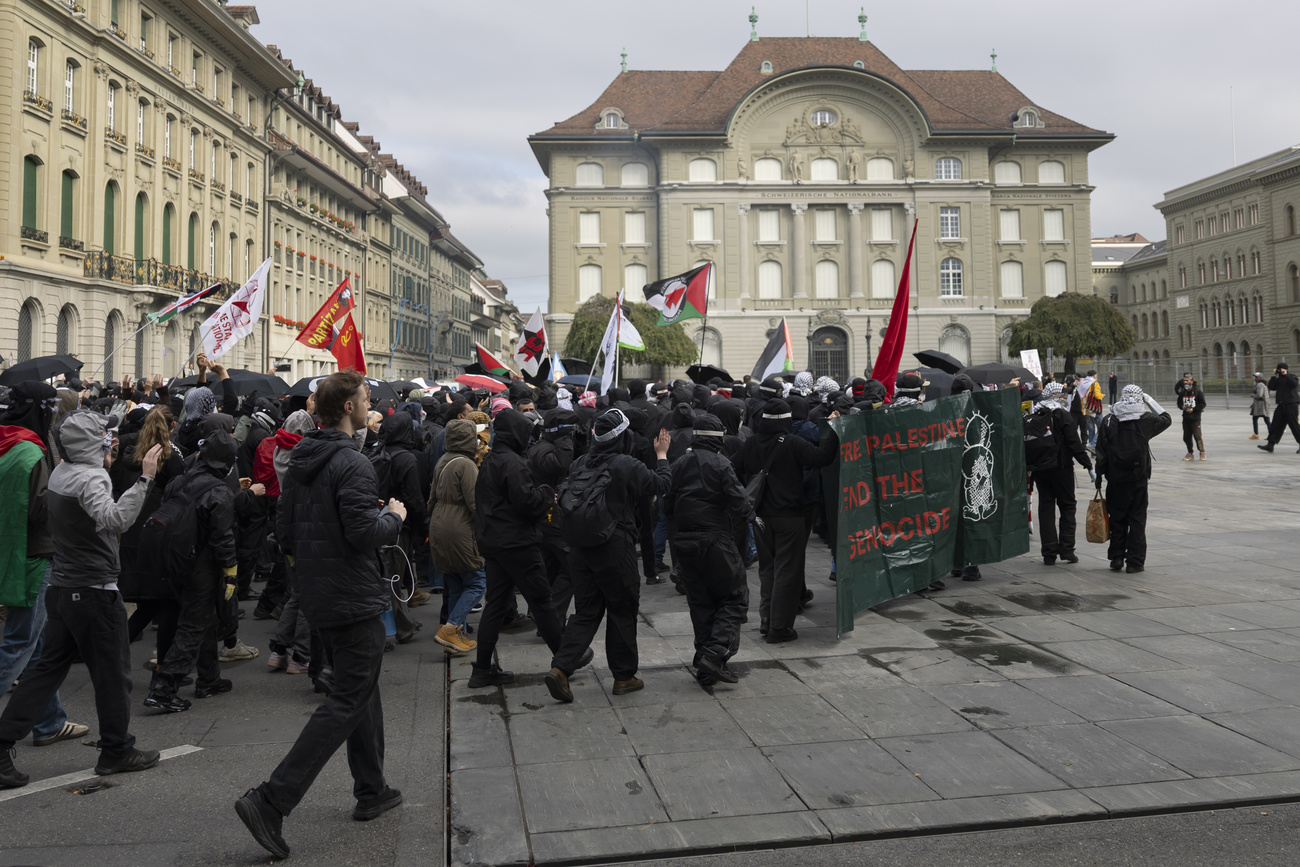
The pro-Palestine demonstration in Bern on Saturday continues to cause a stir. While Bern police are happy about having arrested a large amount of people – a “considerable number” of whom are from French-speaking Switzerland – Amnesty International is critical of the police’s aggressive methods.
“It’s unusual that we were able to identify so many of the ‘black block’ activists,” said Michael Bettschen, deputy head of Bern’s regional police. A total of 536 people were arrested and identified, before being released. Most are now facing prosecution on charges of rioting.
Bettschen also said that 80% of those detained were not from canton Bern; “a considerable proportion” were from French-speaking Switzerland, he explained. Some 85% of them were Swiss nationals, while most were aged between 20 and 29. Nearly half were women and 23 were minors.
Over 200 testimonies gathered on Monday by the Swiss section of Amnesty International, which was at the demonstration as an observer, condemned police aggressiveness and spoke of peaceful demonstrators and passers-by having received injuries to the torso or face. The NGO plans to analyse video material to assess “the actions of the police from the point of view of fundamental rights”; it will then publish its findings.

Almost three years on, the emergency purchase of Credit Suisse by UBS continues to occupy courts. On Wednesday, the Swiss Financial Market Supervisory Authority (Finma) announced it was appealing a partial decision by the Federal Administrative Court on bond write-downs by the defunct bank.
The case dates back to the package of measures announced March 19, 2023 as part of UBS’s last-ditch rescue of Credit Suisse. The package included the write-down of so-called Additional Tier 1 bonds with a nominal value of around CHF16.5 billion ($20.65 billion). Some 3,000 people lodged appeals against this write-down.
On Tuesday, the Federal Administrative Court ruled that Finma did not have a sufficient legal basis for writing down the bonds, and annulled the measure. However, it has not yet ruled on the method of restitution. Finma says it will appeal against the decision to the Federal Court within 30 days.
Peter V. Kunz, a professor of economic law at the University of Bern, told the Italian-language Swiss public broadcaster RSI that “this will probably resurrect the CHF16 billion that Credit Suisse owed to the bondholders – but a second stage of the judgement will be necessary to oblige UBS to repay them”.

On Tuesday, the consumer magazine K-Tipp revealed that the Swiss Federal Railways’ half-fare travelcard is set to disappear from 2027. On Wednesday, the SwissPass Alliance – the association of public transport providers – denied this.
According to K-Tipp, the transport sector is planning to introduce a new pricing system from 2027. Called “My Ride”, it will mean a radical overhaul of current fares, including the disappearance of the much-loved half-fare subscription, the magazine claims.
K-Tipp also claims that “My Ride” will end up more expensive for those currently with a half-fare card. In future, the new prices will be somewhere in between the current half-fare and full-fare prices, it says. What’s more, buying a ticket at ticket machines or over the counter is likely to preclude discounts, which in future will be linked to a user’s digital profile.
On Wednesday, the SwissPass Alliance denied this, and accused K-Tipp of “deliberately mistitling its article and misrepresenting information”. While it’s true that the industry is considering the introduction of a new fare system, “the half-fare travelcard will continue to exist”, it said.

PFAS, so-called eternal pollutants, are to be found in the Swiss Alps. Scientists have found traces of them on the Matterhorn, in Lake Oeschinen and in Arosa.
The highest concentration of the materials was found on the iconic Matterhorn in canton Valais. “The presence of PFAS at such altitudes and in such remote regions is worrying,” says Basilius Thalmann, a specialist in environmental sciences at the Zurich University of Applied Sciences (ZHAW),
According to the Thalmann, these chemical substances could have landed in the Alps via the atmosphere, dust or precipitation. But they might also have got there through human activity. “In ski resorts, PFAS can be introduced via the wax on skis or waterproofing sprays, for example,” he says.
In addition, six of the eight samples contained a compound which has been banned for 14 years. However, the values measured were not toxic.

In compliance with the JTI standards
More: SWI swissinfo.ch certified by the Journalism Trust Initiative
